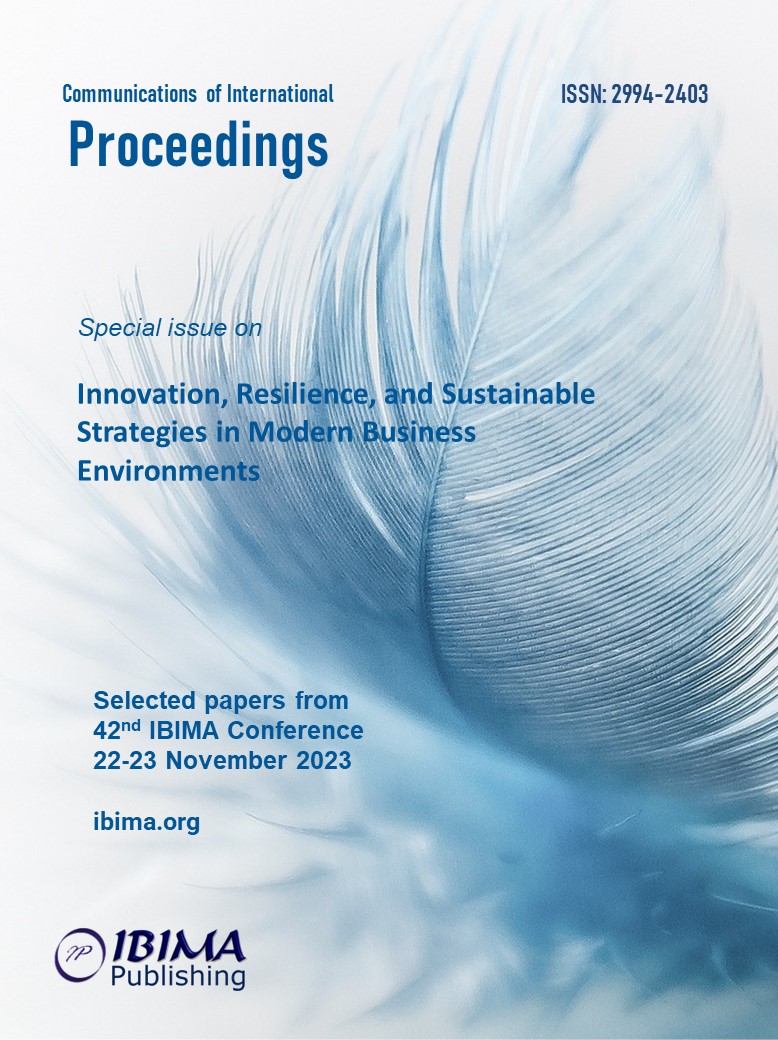
Jacek CZERNIAK, Anna GACEK and Przemyslaw SZOPA
Krakow University of Economics, Krakow, Poland

At the turn of the year 2021 and 2022, research was conducted on R3-type Ni-MH batteries distributed in the Polish, German, and Portuguese markets. Thirteen battery manufacturers were subjected to tests as part of the research. Specially designed microprocessor equipment was used to test the batteries’ capacities when discharged at currents ranging from 100 mA to 1 A. After discharging each battery, the equipment initiated the charging process. The entire course of the research on a PC was recorded with a USB interface, through which measurement data was transmitted. The batteries were discharged at a constant temperature of T = 21.5°C and with air humidity ranging from 35% to 55%.
The main goal of the study was to determine the capacity of currently produced Ni-MH cells, which is important from the point of view of energy storage. Battery capacity is directly linked to their lifespan, thereby influencing the economic and ecological aspects of their usage. The existing literature on the subject does not report all aspects related to battery capacity, hence further research is needed.
The results of the conducted research allowed for comparing the capacities of all R3 batteries discharged at a current of 100 mA to the threshold voltage of U = 0.8 V with the capacity declared by the manufacturer, also among different brands. The stored energy of batteries declared as ‘Ready to use’ or ‘Pre-charged’ was verified. Moreover the charging time of batteries with a constant current of I = 500 mA was checked.